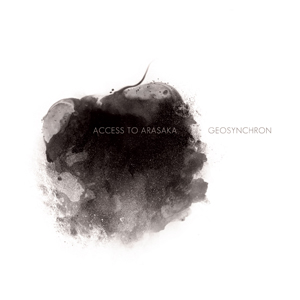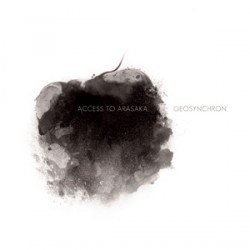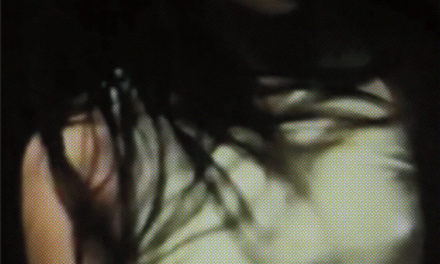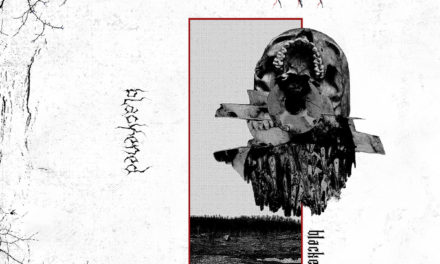Access To Arasaka
Geosynchron
Tympanik, 2011
The comparisons between Access To Arasaka and earlier artists are well-worn: Autechre, Gridlock, Beefcake, yaddah, yaddah, yaddah. However, I’m much more interested in tracking ATA mainman Rob Lioy’s development against the standards of his earlier material, of which I’ve been a fan for a few years now, than I am in playing spot the parallel. Five years since the project’s debut, Geosynchron marks a major shift for Access To Arasaka, but whether it’s a quantum leap forward or a lateral step into more quarrelsome territory may vary from listener to listener.
Geosynchron feels simultaneously feels both quieter and more chaotic than anything ATA’s attempted thus far, and the lion’s share of the credit has to go to the percussive element of the record. The clicks and pops shuffle, drag, and shudder rather than snap or kick. Access To Arasaka has always taken the notion of glitch music at its word, producing indecipherable streams of tics and taps since its inception, but even by that standard the tracks showcased here are incredibly pressured, tightly wound sparks of kinetic action. One imagines the millions of tiny cracks and fissures which break open as a glacier shifts, or perhaps the sound of an entire ant colony chewing with innumerable mandibles, amplified for human ears. When something resembling a “traditional” break finally blooms open at the end of third track, “Talitha”, it serves to show just how minute and claustrophobic everything has been until that point. “Oberon” and “Naos” are both dusted with a patina of glitches so finely granulated that they evoke foaming, bubbling liquids far more than beats.
The album’s synth pads tread on somewhat more familiar territory, starkly contrasting with the stuttering percussion by opening up the wide, cosmic horizons which ATA’s been exploring lately, as on the excellent Orbitus EP released in the spring of 2011, and the melodic side of things gets a nice showcase on mid-album interlude “Cursa”. While this element of ATA’s palette hasn’t changed all that radically since, say, previous LP void();, the melodic parts of that record operated in close concert with the beats to convey a unified sense of incessant urgency, of steadily churning through reams of computer code. On Geosynchron, there’s a disconnect between the two components; an uncaring universe drifts along, unconcerned with the frenetic particulars of systems and lives far too insignificant to have any broader effect. Here’s where your mileage may vary: this binary effect might make for a more dynamic listening experience for some, while others might find themselves hoping for something more unified.
Speaking of unity, I’d be remiss if I didn’t make some mention of Geosynchron‘s most clear and eloquent track. “Lysithea” was a left-field surprise from Access To Arasaka when it was released online a month ago. While Jamie Blacker from ESA contributed vocals to ATA before on Oppidan, his turn on “Lysithea” (which is pleasantly reminiscent of “Little Bird Blue” by my beloved Ulver) is a showstopper. The track is a gorgeous, meditative piece of work which sinks in a little deeper with each listen, and while it features Geosynschron‘s most straight-forward programming by far, you’d certainly never think to fault it for that. Given how strong this track is, and taking the “difficulty” of the rest of the record into account, it’s tempting to wish there was more stuff like “Lysithea” on Geosynchron, but hold off for a moment. Constructing an album’s worth of “Lysithea”s would have been a tremendous achievement, but it would have been one rooted in craft, not experimentation, and while I’m still waffling over how successfully Geosynchron hits the mark, it gets full points for making a bold, risky gamble.
Access To Arasaka: Lysithea (official video) from Tympanik Audio on Vimeo.






